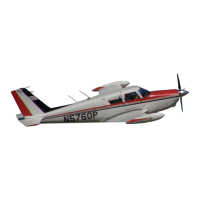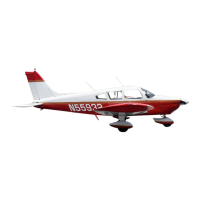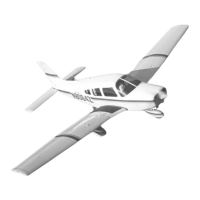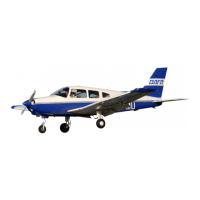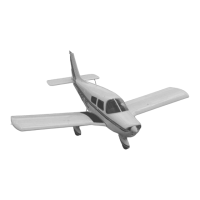Arcran
Publ~cnuons
P~pcr
Cornanchc
250
(Early
Model)
Section
-
4
Normal
Procedures
NORVAL PROCEDURES INFORVIATION SUPPLEMENT (Cont.)
IFR Approach Speed: (Cont.)
Among the most significant factors to consider are:
1.)
Requirements and demands of single-pilot IFR. FAR Part 135 specifies that an auto-pilot is
required when operating single-pilot IFR. The rules in Part 135 are not required of most
private pilots, but they are nonetheless a good guideline. Therefore the limitations of the auto-
pilot should be considered. Most auto-pilots approved for use in the Comanche have a
minimum airspeed limitation of 110 mph, so this figure is used to define the low end of
airspeeds for consideration.
2.)
Air Traffic Control requirements and the pilot's responsibility to expedite traffic flow. The
'
pilot making an instrument approach will comply with ATC airspeed instructions in most
circumstances, however, prior to reaching the Final Approach FixRoint the pilot will want to
be established at the airspeed normally used to make the final approach. Since the choice of
this airspeed is left to the pilot's discretion, choice of a reasonably high speed is preferable.
3.)
Airplane controllability. Aircraft stability is greater the higher the airspeed and this reduces
the pilot's work load. For this reason the highest airspeed within the aircraft's limitations is
preferred.
4.)
Limitations of the aircraft. The Comanche has a wing-flap operating limitation of 125 mph so
it is this figure that is used to define the high end of airspeeds for consideration. Choice of an
airspeed just below this limitation gives a buffer in the event of any deviation in airspeed
control, and some pilots prefer the option of using partial flaps on approach.
5.)
Transition from approach configuration to touchdown configuration.
FAR
Part 91 requires
that the pilot must be able to use normal maneuvers to land, and
FAR
Part 135 requires that
the airplane must touch down within the touchdown zone which is defined as the first 3,000
ft
of the runway. Under conditions of hard IFR (200
ft
ceiling, and 112 mile visibility) and a
5,000
ft
runway, it is not likely that the pilot will be able to transition the airplane, get it on the
ground, and land it safely if the airspeed is much above 125 mph. Consistency is important in
the IFR environment, for this reason the instrument pilot should be prepared for these minimal
conditions even though they are not what he faces with every instrument approach and landing.
Operating in conditions of hard IFR into an airport with a relatively short runway is not the
time to be improving your proficiency.
Therefore, for the purposes of this Handbook, the IFR approach speed for the Comanche has been
established to be 120 mph.
Copyright:
1993
Page
4-15
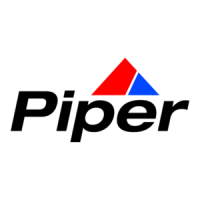
